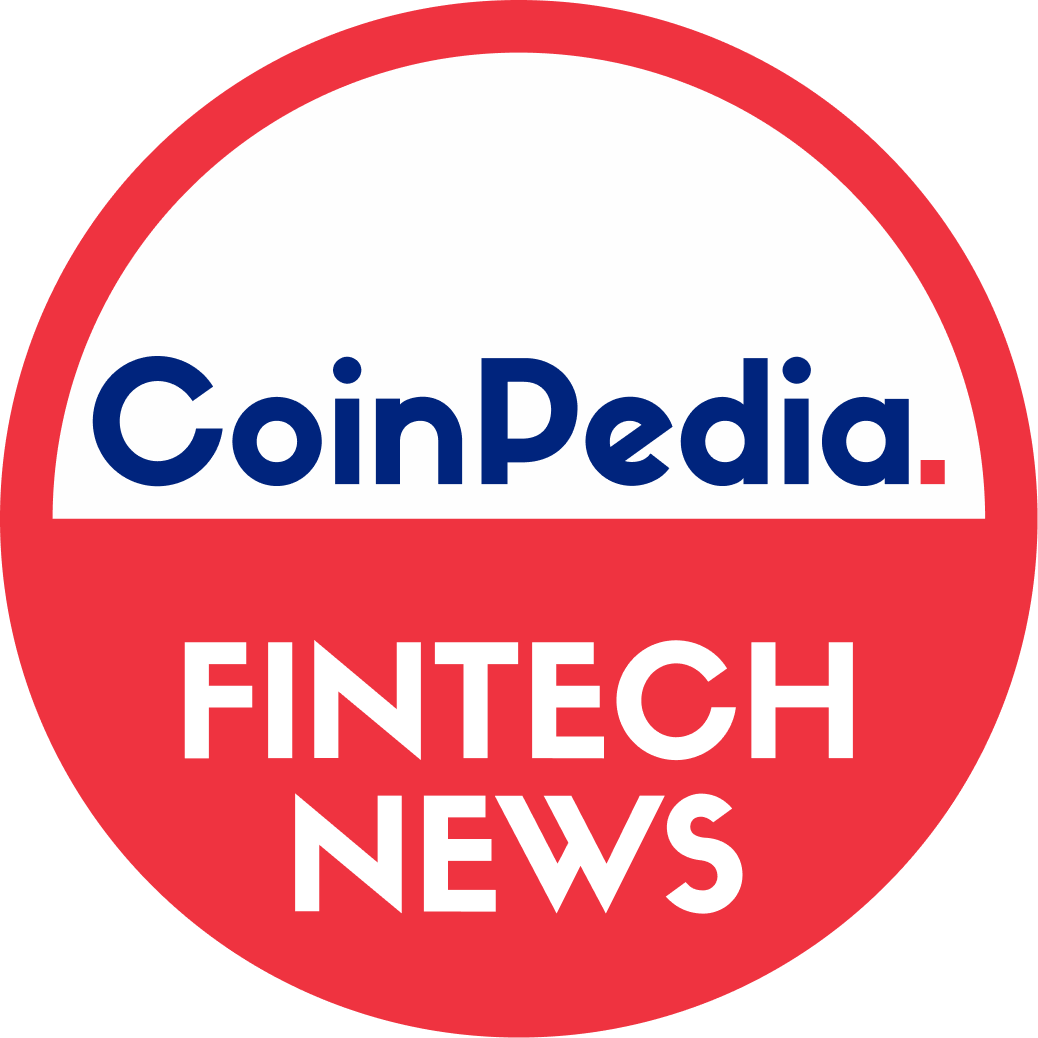Key Takeaways:
- SEA token launches in Q1 2026. Half of total supply goes to the community, with more than half of that distributed via an initial claim for OG users and reward-program participants.
- Built-in demand at launch. OpenSea says 50% of platform revenue at launch will purchase SEA, and the token will be deeply integrated across the app, including staking behind collections/tokens.
- Strategy shift backed by volume. OpenSea reports $2.6B traded this month, with 90%+ from token trading, underscoring its pivot from “NFT marketplace” to a “trade everything” aggregator.
OpenSea confirmed concrete timelines and mechanics for $SEA, the marketplace’s native token. The company positioned SEA as a cornerstone in its move beyond NFTs toward multi-asset, cross-chain trading while keeping custody in users’ wallets.
More News: Genies Crypto Avatars Moments #2 Drops on OpenSea

What’s Locked in for SEA
- Timing: Q1 2026 token generation event.
- Distribution: 50% of total supply for the community; more than half of that via an initial claim. Historic users and OpenSea rewards participants will be evaluated separately.
- Launch tokenomics: 50% of OpenSea revenue at launch will be used to buy SEA on the market.
- Utility: Native integration across OpenSea, including staking SEA behind favorite tokens/collections.
OpenSea stressed that SEA “won’t be launched and forgotten.” The Foundation and the company said the token’s debut will spotlight the broader product overhaul rolling out through Q1.
From “NFT Marketplace” to “trade everything”
OpenSea’s CEO Devin Finzer framed the announcement inside a broader strategy: reduce fragmentation and let users trade anything in one place without handing custody to a centralized exchange or juggling bridges and chains.
- Volume backdrop: The platform recorded $2.6 billion in trading this month, with over 90% attributed to token trading, not NFTs.
- Product pipeline: A closed-alpha mobile app is live, perpetuals are coming to OpenSea, and the team is building true cross-chain abstraction to hide network complexity.
More News: The Best NFT Wallets for the 2025 Bull Run – Tried and Tested


Why SEA Matters Now
The token incentive aligns as OpenSea repositions around on-chain aggregation of liquidity. SEA develops a programmable layer of in-app staking, community distribution, and a profit-driven buyback at launch, which are features that are meant to ensure that the growth of the market place is pegged on the tokenholders.
Community First: How Allocation Will Work
OpenSea declared that the community is entitled to 50 percent of SEA supply, and over half of that proportion will be given out by means of an initial claim. The Foundation added that there will be a separate evaluation of the OGs, as well as rewards-program participants, which is an indication that it is trying to balance the early adopters with the new active users.
The implications to users in practice:
- Check eligibility if you have historic trading on OpenSea or joined rewards programs.
- Expect staking modules that let you back collections/tokens you care about using SEA.
- Revenue-based purchases at launch create baseline demand, complementing distribution.
Built-in Demand: Revenue Used to Buy SEA
A key line in the announcement: “50% of revenue at launch will be used to purchase $SEA.”
That design introduces direct market demand tied to platform activity from day one. It also makes revenue more transparent to tokenholders, who can observe buy activity against trading flows.
What This Could Mean on Day One
- Higher liquidity around the TGE window.
- A clearer feedback loop between marketplace usage and token buying.
- Stronger alignment as OpenSea pushes into multi-asset trading.
Product Roadmap Supporting the Token
OpenSea is shipping features ahead of the TGE to ensure SEA lands inside a working, consumer-level experience:
- Mobile in closed alpha: aims to put a full on-chain economy: NFTs, tokens, and more into a single app.
- Perps coming to OpenSea: extends beyond spot trading and NFTs toward derivatives access.
- Cross-chain abstraction: reduces user friction so they can trade without chain switching or manual bridging.
All these releases are aimed at transforming OpenSea into a home of on-chain trading, not a tools maze.
The Message to Users and Builders
The head of Finzer was straight forward; he said: “You only get one TGE.” The Foundation is interested in the token to be released into a platform that already proves the novel OpenSea: multi-chain, custody-preserving, and simple. SEA: coordination layer; product: on-chain experience.
Credit: Source link



 Bitcoin
Bitcoin  Ethereum
Ethereum  Tether
Tether  XRP
XRP  USDC
USDC  TRON
TRON  Lido Staked Ether
Lido Staked Ether  Dogecoin
Dogecoin  Cardano
Cardano  Figure Heloc
Figure Heloc  Wrapped stETH
Wrapped stETH  Wrapped Bitcoin
Wrapped Bitcoin  WhiteBIT Coin
WhiteBIT Coin  Zcash
Zcash  Hyperliquid
Hyperliquid  Bitcoin Cash
Bitcoin Cash  Chainlink
Chainlink  USDS
USDS  Binance Bridged USDT (BNB Smart Chain)
Binance Bridged USDT (BNB Smart Chain)  LEO Token
LEO Token  WETH
WETH  Wrapped eETH
Wrapped eETH  Stellar
Stellar  Ethena USDe
Ethena USDe  Litecoin
Litecoin  Monero
Monero  Coinbase Wrapped BTC
Coinbase Wrapped BTC  Avalanche
Avalanche  Hedera
Hedera  Sui
Sui  Shiba Inu
Shiba Inu  Uniswap
Uniswap  Polkadot
Polkadot  Toncoin
Toncoin  Dai
Dai  Ethena Staked USDe
Ethena Staked USDe  Cronos
Cronos  USDT0
USDT0  World Liberty Financial
World Liberty Financial  Mantle
Mantle  Canton
Canton  sUSDS
sUSDS  MemeCore
MemeCore  PayPal USD
PayPal USD  Bittensor
Bittensor  NEAR Protocol
NEAR Protocol  USD1
USD1  Aave
Aave